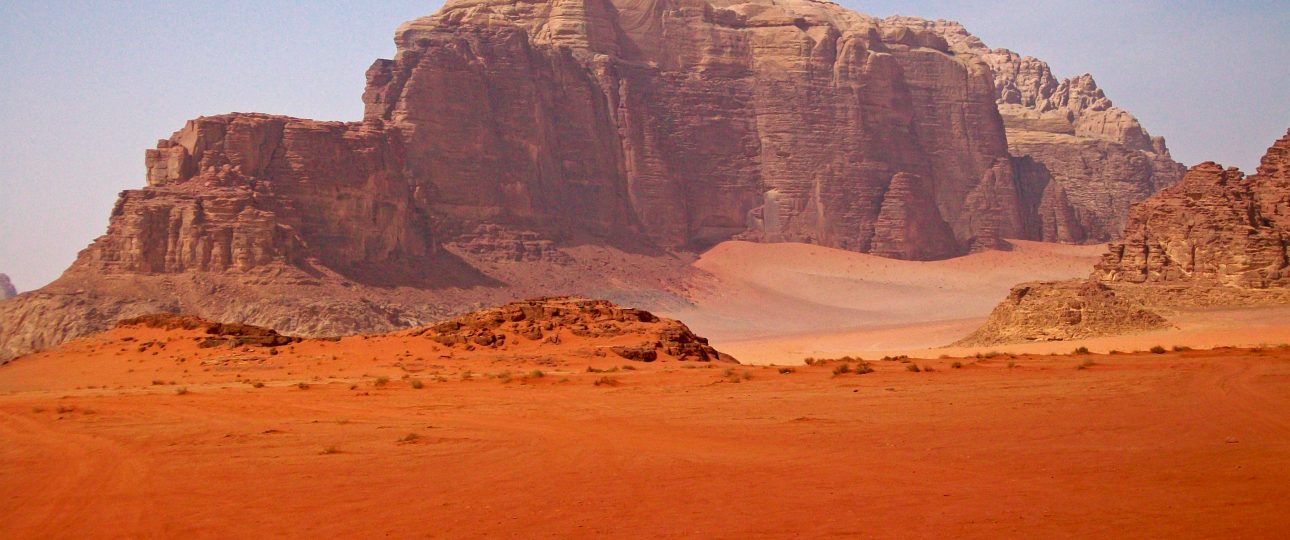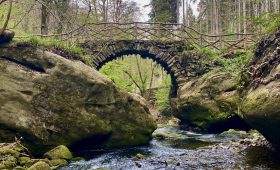Wadi Rum: Discovering Jordan’s Desert Marvel
What Makes Wadi Rum Unique?
Wadi Rum, also known as Wadi Ramm, stands out for its extraordinary landscape and historical depth. The desert’s towering sandstone cliffs, called jebels, create a dramatic backdrop. The red sands and rocks shift colors with the sunlight, offering a visual feast. This area is not just about natural beauty; it’s a place where history and geology intertwine.
Geological Wonders
Wadi Rum is part of the Sandstone Mountain and Valley Region of southern Jordan. The landscape features tall, near-vertical mountains of iron-rich Umm Ishrin Sandstone. These formations are separated by flat-bottom valleys filled with alluvial sediments and aeolian sands. The area is home to natural bridges, sand dunes, and unique geological formations like tafoni. Jabal Umm ad Dami, the highest peak in Jordan, offers views of the Red Sea and the Saudi border on clear days.
Historical Significance
Wadi Rum has been inhabited since prehistoric times. Various cultures, including the Nabataeans and the Edomites, have left their marks here. The area is rich with petroglyphs, inscriptions, and temple ruins. Khaz’ali Canyon is particularly notable for its ancient carvings depicting humans and antelopes from the Thamudic period. T. E. Lawrence, known as Lawrence of Arabia, traversed this desert during the Arab Revolt of 1917-18, adding to its historical allure.
Bedouin Culture
The Bedouin people, particularly the Zalabieh tribe, have called Wadi Rum home since around 1980. Their lifestyle is deeply connected to the desert environment. Visitors can experience their hospitality, learn about their customs, and enjoy traditional Bedouin cuisine. Spending a night in a Bedouin camp under the stars is an experience not to be missed. Camel racing, a significant cultural activity, highlights the Bedouins’ connection to their animals and traditions.
Best Time to Visit
Plan your visit during spring (March to May) or autumn (September to November) when the weather is more comfortable. Temperatures range from 20°C to 30°C (68°F to 86°F) during these months. Summer can be harsh, with temperatures exceeding 40°C (104°F), while winters can be surprisingly cold, especially at night.
How to Get There
Reaching Wadi Rum is straightforward. Fly into Queen Alia International Airport in Amman, Jordan’s capital. From there, it’s about a four-hour drive to Wadi Rum. You can rent a car or take a taxi. Alternatively, join a guided tour from Amman, which often includes transportation.
Local Transportation
Once in Wadi Rum, transportation options are limited. Hiring a local Bedouin guide with a 4×4 vehicle is the best way to explore. These guides know the terrain well and can take you to stunning viewpoints, hidden canyons, and ancient sites inaccessible by regular vehicles. For a more traditional experience, consider exploring on camelback.
Summary
- Wadi Rum offers a unique blend of stunning geology and rich history.
- The landscape features towering sandstone cliffs and shifting red sands.
- Historical sites include ancient petroglyphs and inscriptions.
- Experience Bedouin culture through their hospitality and traditions.
- Visit during spring or autumn for the best weather.
- Access Wadi Rum via Queen Alia International Airport in Amman.
- Explore the desert with a local Bedouin guide for an authentic experience.




